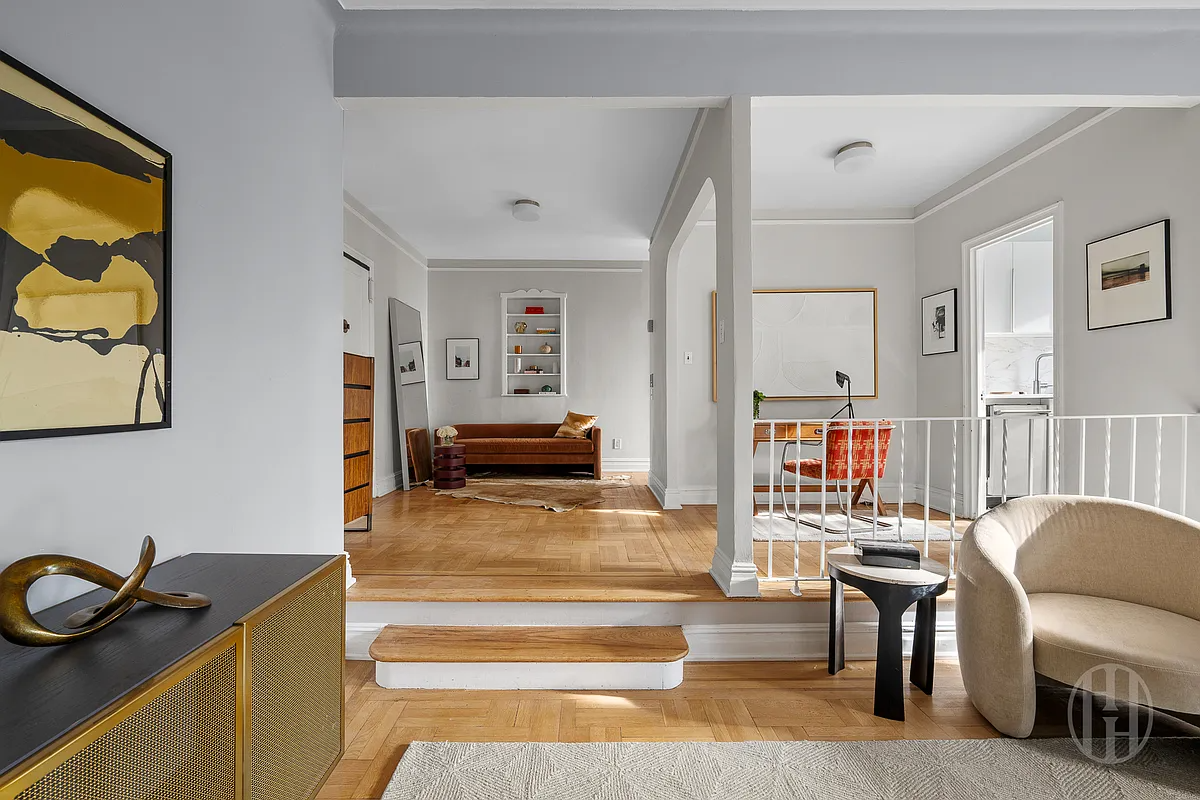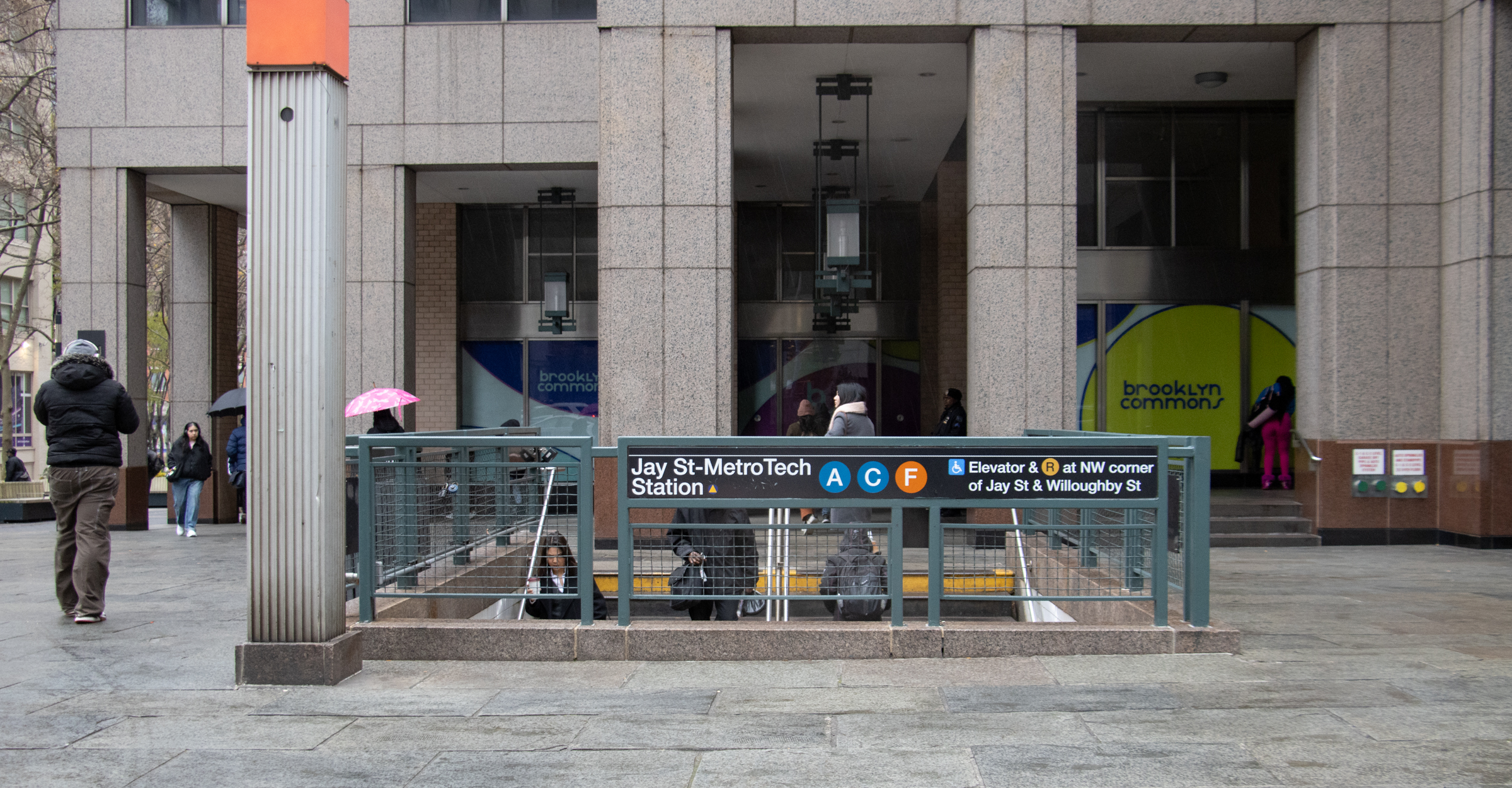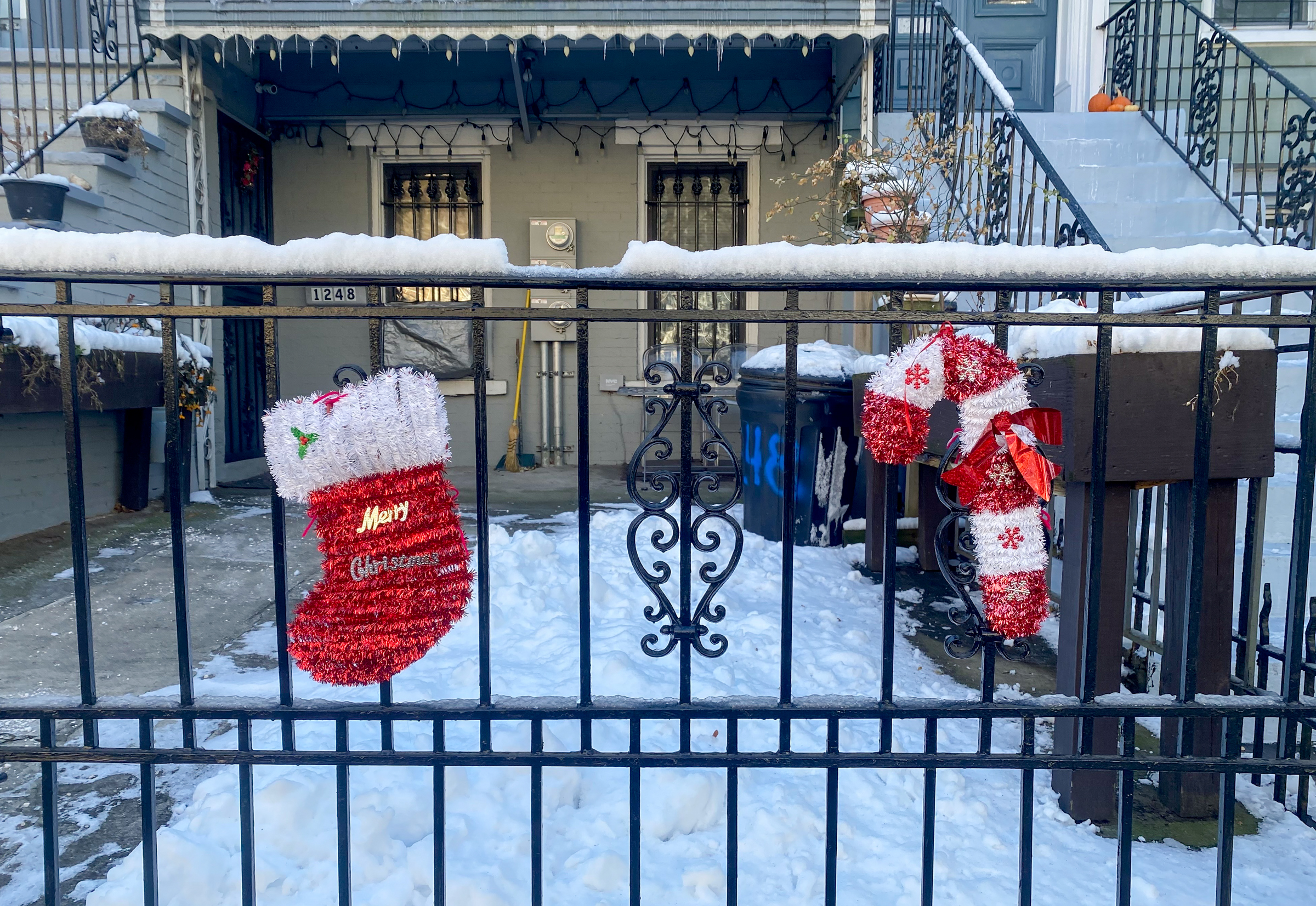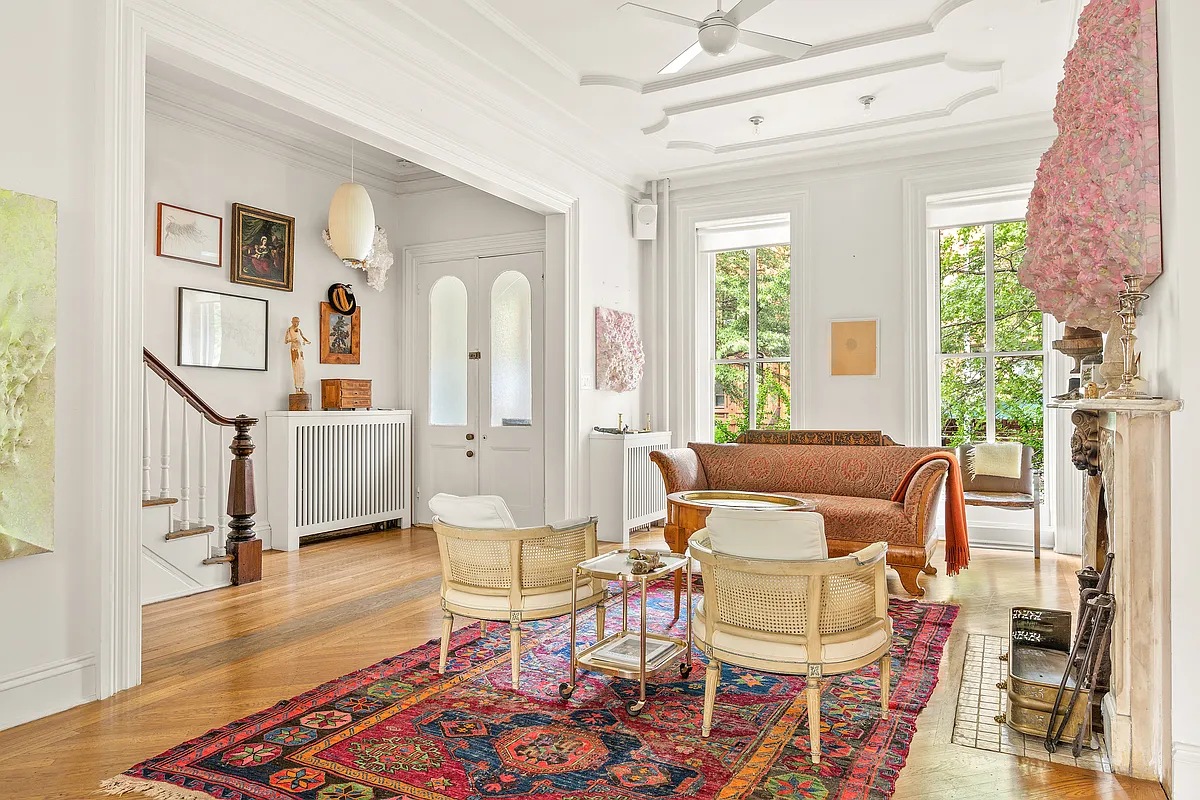Building of the Day: 135 Joralemon Street
The BOTD is a no-frills look at interesting structures of all types and from all neighborhoods. There will be old, new, important, forgotten, public, private, good and bad. Whatever strikes our fancy. We hope you enjoy. Address: 135 Joralemon Street, between Henry and Clinton Name: Private house Neighborhood: Brooklyn Heights Year Built: 1833 Architectural Style:…


The BOTD is a no-frills look at interesting structures of all types and from all neighborhoods. There will be old, new, important, forgotten, public, private, good and bad. Whatever strikes our fancy. We hope you enjoy.
Address: 135 Joralemon Street, between Henry and Clinton
Name: Private house
Neighborhood: Brooklyn Heights
Year Built: 1833
Architectural Style: Federal, with later porch and ironwork.
Architect: Unknown
Landmarked: Yes, part of the Brooklyn Heights HD, the first HD, landmarked in 1965.
Why chosen: For many people, if you had to put a building on the cover of a book about Brooklyn Heights, this would be it. Part of its charm is its location, not over in the older, northern part of the Heights, where clapboard houses are more common, but here, sandwiched between buildings of a much later date, a delightful remnant of an earlier time, when all of Brooklyn Heights was filled with Federal style clapboard houses and buildings. The earliest homes over in the Middagh Street area date from the 1820’s, this one is only ten or so years later, which still makes it one of the older buildings in the Heights.
It’s a wonderful two story, plus basement floor and attic, with twin dormers, clapboard siding, and a wide Italianate porch superbly ornamented by cast iron work that gives the house a Charleston or New Orleans flare. The porch and ironwork were added sometime in the middle 1800’s. Records show a Dr. John Haslett, a surgeon with the US Navy, living here in 1833, perhaps the first owner of the house. Brooklyn Heights had its ups and downs over the century, and by 1936, when photographer Berenice Abbott was documenting the buildings of Brooklyn, the house was looking a little worse for wear, but still had great dignity.
On New Year’s Eve, 2004, a devastating fire burned through the interior, and many feared the house was too far gone to restore. But it wasn’t anything a whole lot of money couldn’t fix. By 2008, the renovated house was the winner of the Landmarks Conservancy’s Lucy G. Moses Preservation Award. The line to get into the house during that year’s Brooklyn Heights House tour stretched for a block, showing that there is much interest in one of Brooklyn’s most iconic houses. That year it also was listed for almost $6 million. It went down in price by a couple million, but I don’t think Dr. Haslett would even be able to comprehend that much money. Who would have thought? I really like the shutters in the 1936 photo.

(Photo: Berenice Abbott, 1936. NY Public Library)

(Photo: Gotham Gazette, by way of Landmarks Conservancy)





“grandfathered in”, “landmarked” seem like similar terms to me.
Would you like to eliminate landmarking in order to build to max allowed? Why not then also propose to change zoning to increase land use since you believe this city is under built. The sky is the limit. We can build them tall and high everywhere.
Why stop at four stories here at this location? Why not have a 50 story building? We can contain the wealthy.
Do you live in a high rise Benson? Just curious.
“While this house probably isn’t build to it’s max. FAR (can probably add another floor and half)
So what.”
The “so what” is that we live in a city that makes little room for the middle class, because the price of housing is insane. With the wealthy fanning out to more and more districts, and landmarking putting a chokehold on development in areas close in to the city, it will only exacerbate this trend.
“Do we chop off a floor of that building to it conforms to the zoning?”
Since you know the zoning laws so well, I assume you are familiar with the term “grandfathered in”.
I didn’t know Dave was a librarian. No wonder he’s so well versed in Greek.
Benson, what/where would you propose the families go that are in the overbuilt buildings in the heights after we get rid of some floors to conform to the height limitations?
As I stated above, the building next door to his house is higher than 50′. Do we lop off a floor of that and add a floor to this one. Would that be a solution?
DIBS;
I guess you are not in the mood for a serious debate either. Can you show me where anyone said that there is an entitlement for affordable housing in Brooklyn Heights??
I assume in your business studies you learned the law of supply and demand. Therefore, I assume that you could understand that if developers were allowed to build to the maximum FAR on this lot, and build a 4-family, it would contribute to the supply side. That would be three wealthy families finding a home in Brooklyn Heights, who would not therefore go to Prospect Heights or Clinton Hill, which would relieve prices there, which in turn would relieve the pressure on Crown Heights.
By the way, I am glad you call yourself a libertarian.
I have always enjoyed seeing this home on Jorelaman Street when I visit my son who lives very near this property and wtnessed the fire. From a wannabe Brooklynite. This is what I love about city blocks with so many unique bldgs.
Is everyone “entitled” to live in brooklyn Heights through affordable higher density housing?? This is about the most foolish belief promulgated on this blog.
While this house probably isn’t build to it’s max. FAR (can probably add another floor and half)
So what.
Actually, it’s in a Low Height district. Max. height allowed is 50′. It’s neighbor to the left is higher than that.
Do we chop off a floor of that building to it conforms to the zoning?
As I recall, it was the Palmer estate that owned that carriage house on Hicks Street that sold in public auction last year. People on this site said that it was in poor condition, but the “bones” of the house were superb.